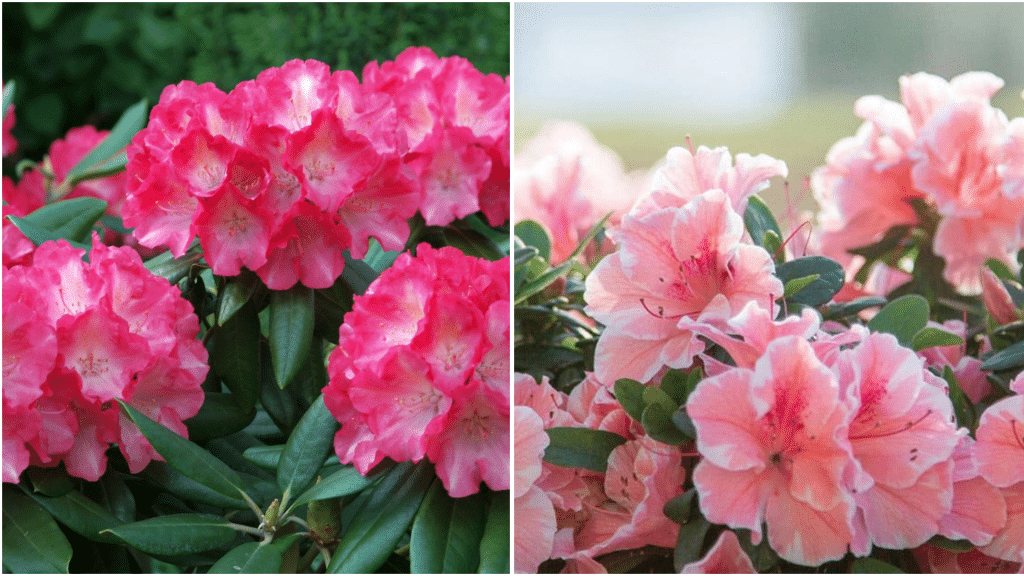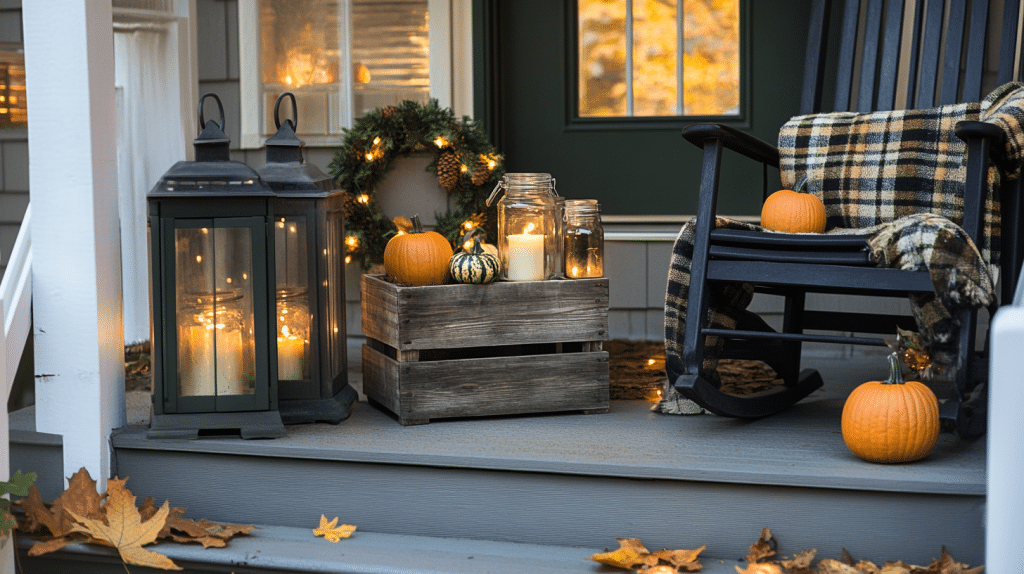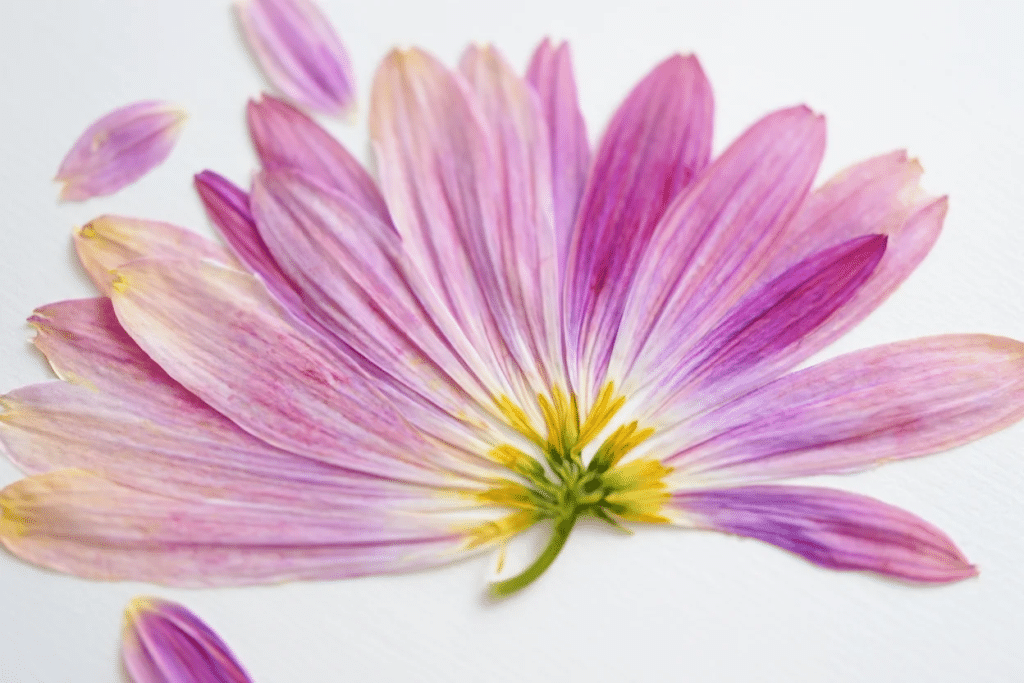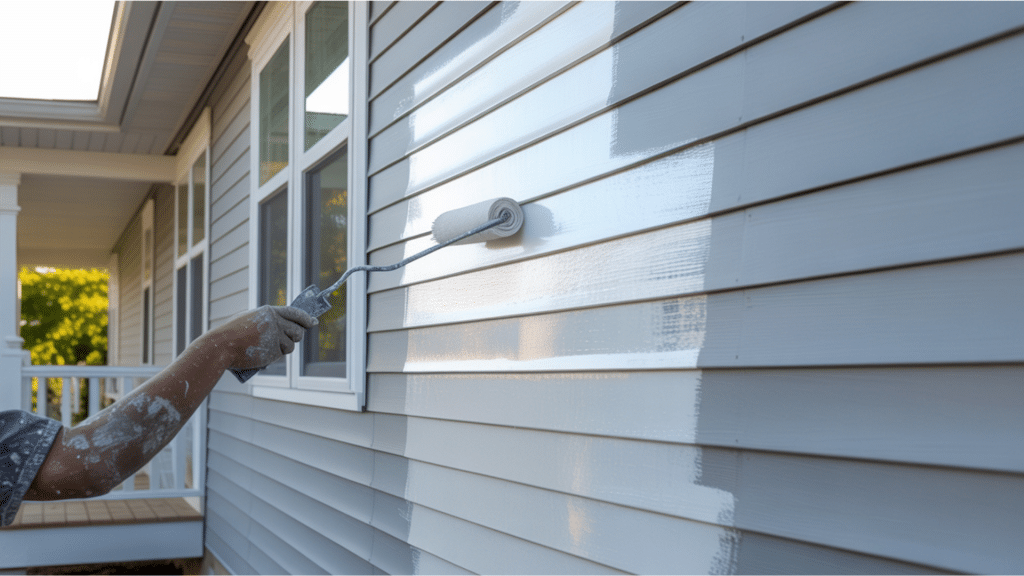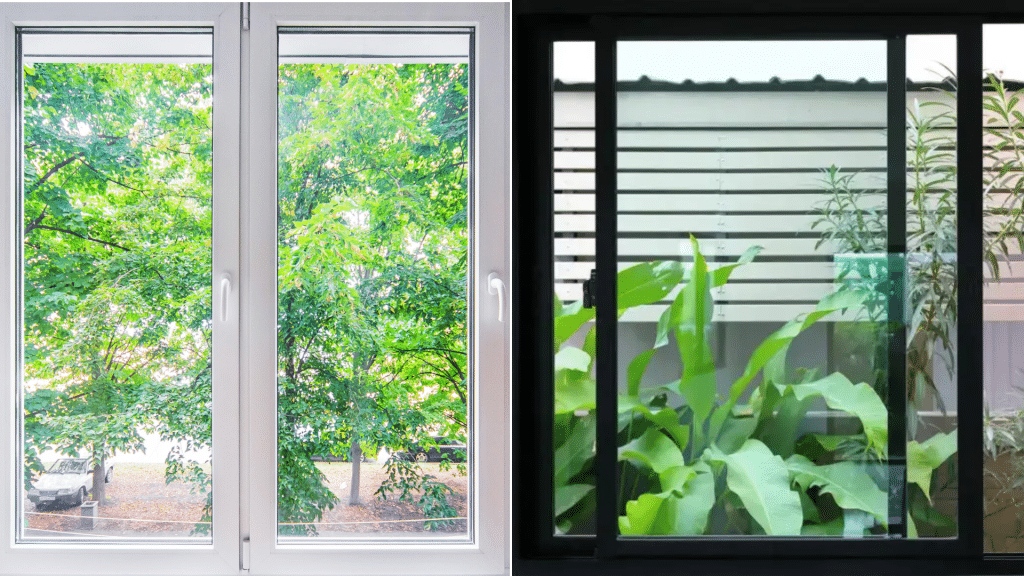If you get confused every spring when you see those gorgeous flowering shrubs in gardens and nurseries. Are they azaleas or rhododendrons? You’re not alone if you can’t tell them apart. These popular plants look so similar that even experienced gardeners mix them up.
I’m going to clear up this confusion once and for all. In this blog, I’ll show you the key difference between azalea and rhododendron so you can identify them with confidence.
By the end, you’ll know exactly which plant you’re looking at and can make informed choices for your garden.
What are Azaleas?
Azaleas are popular flowering shrubs belonging to the genus Rhododendron, prized for their colorful spring blooms that last several weeks. They thrive in well-drained, acidic soil with a pH between 4.5 and 6.0, preferring partial shade or filtered sunlight.
Azaleas have shallow roots and require consistent moisture, especially when newly planted. Their funnel-shaped, often fragrant flowers attract pollinators, and thousands of cultivars exist due to extensive breeding.
What are Rhododendrons?
Rhododendrons are a diverse genus of woody plants in the heath family (Ericaceae), including both evergreen and deciduous species.
They are known for their large, showy, bell-shaped flowers and leathery leaves. Rhododendrons generally prefer acidic, well-drained soil and partial shade, similar to azaleas.
Their blooms appear in spring and can range in color from white and pink to purple and red. Many species are valued as ornamental plants in gardens worldwide.
Key Differences Between Azalea and Rhododendron
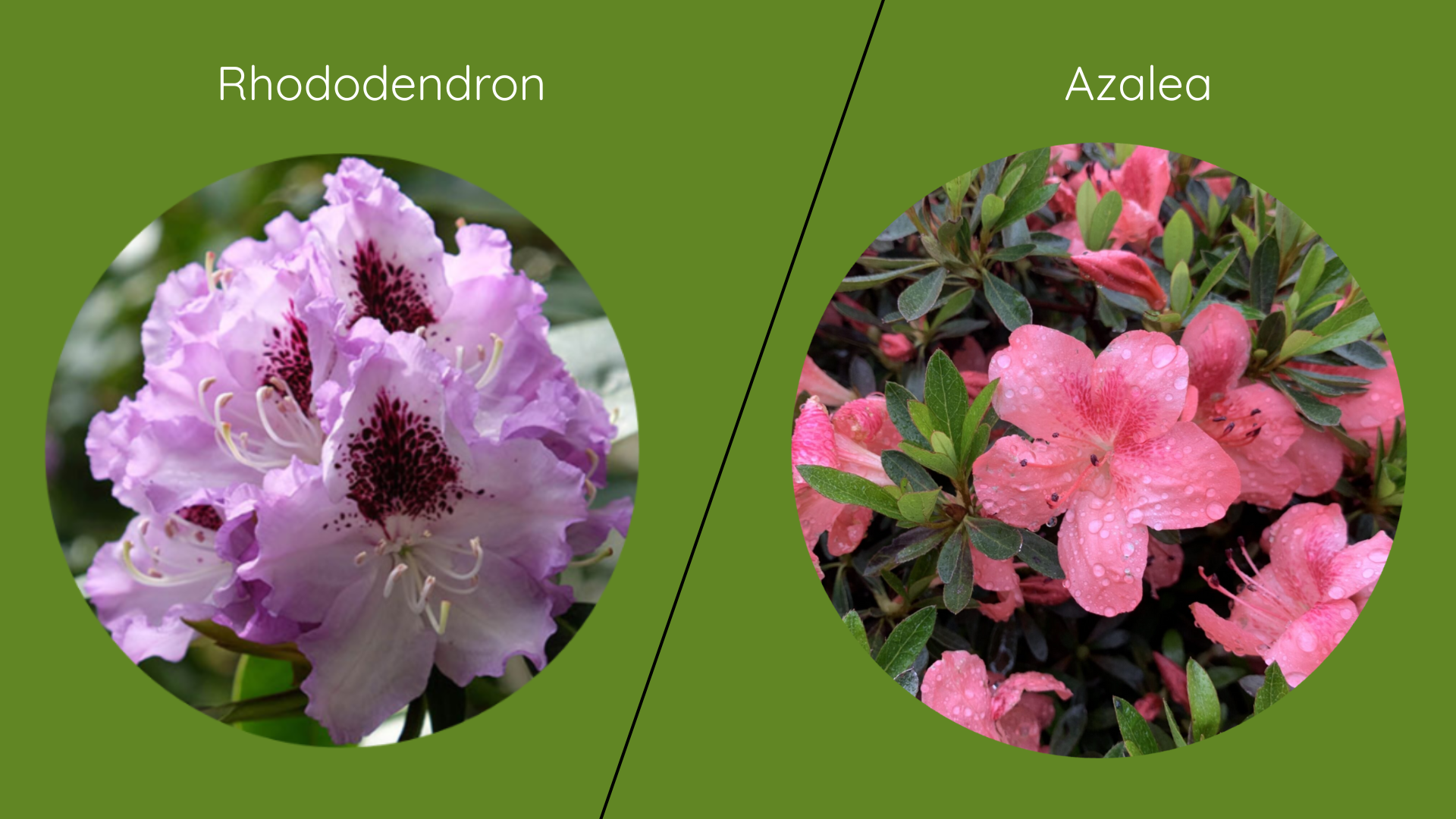
Azaleas and rhododendrons are both beloved flowering shrubs from the Rhododendron genus, often confusing gardeners with their similar springtime displays. While all azaleas are technically rhododendrons, not all rhododendrons are azaleas, and each group has distinct traits.
The following are difference between azalea and rhododendron.
1. Leaf Differences
Azalea leaves are generally smaller, thin, and elliptical or pointed, with some species displaying a slight fuzziness on the underside. Many azaleas are deciduous, shedding their leaves in autumn, though some evergreen varieties exist.
In contrast, rhododendrons typically have larger, thicker, leathery leaves that are deep green and glossy. The undersides of rhododendron leaves may feel fuzzy, scaly, or have raised dots, and most species are evergreen, retaining foliage year-round.
2. Flower Structure and Bloom Style
Azaleas produce funnel- or tubular-shaped flowers, usually with five stamens per bloom, and their blossoms are often more spread out along the stems. The flowers appear singly but can cluster closely together, creating a colorful display.
Rhododendron flowers are bell-shaped, larger, and typically grouped in dense clusters at the ends of branches. Each rhododendron flower has ten or more stamens, giving them a more intricate appearance. Rhododendrons tend to have a longer, sometimes staggered, bloom period compared to the concentrated spring bloom of azaleas.
3. Size and Growth Habits
Azaleas are usually smaller shrubs, ranging from ground cover types under a foot tall to varieties reaching several feet in height. They have a bushy, multi-stemmed growth habit, making them suitable for borders or mass plantings.
Rhododendrons, on the other hand, are larger and more robust, with some species growing up to 20 feet tall and wide. They tend to have fewer, thicker stems and can serve as dramatic focal points or even small landscape trees.
4. Evergreen vs. Deciduous Nature
Most azaleas are deciduous, losing their leaves in the fall and providing a burst of color in spring before leafing out again. However, some evergreen azaleas retain their foliage year-round, especially in milder climates.
Rhododendrons are predominantly evergreen, keeping their leaves throughout the year and offering consistent greenery even in winter. This distinction often influences their use in garden design, with rhododendrons favored for year-round structure and azaleas for seasonal interest.
5. Soil and pH Preferences
Both azaleas and rhododendrons thrive in acidic, well-drained soils, but azaleas are particularly sensitive to soggy conditions due to their shallow root systems. They prefer a soil pH between 4.5 and 6.0 and benefit from organic mulch to retain moisture and regulate temperature.
Rhododendrons also require acidic soil, but are generally more tolerant of slightly heavier soils as long as drainage is adequate. Both groups dislike alkaline soils, which can cause nutrient deficiencies and poor growth.
6. Light and Climate Needs
Azaleas perform best in partial shade or filtered sunlight, as too much direct sun can scorch their leaves and reduce bloom quality. They are adaptable to a range of climates, with many varieties bred for warmer zones.
Rhododendrons typically prefer cooler climates and thrive in dappled shade, although some heat-tolerant hybrids exist. Rhododendrons are best suited for USDA Hardiness Zones 4a–8b, while azaleas can be grown in Zones 6a–9b, depending on the variety.
7. Maintenance and Pruning
Azaleas require minimal pruning, usually just to remove dead or damaged wood and to shape the plant after flowering. Their compact size and slower growth make them low-maintenance choices for many gardens.
Rhododendrons may need more regular pruning to remove spent flower clusters and maintain their shape, especially as they mature and grow larger.
Both benefit from mulching and consistent moisture, but azaleas are more sensitive to root disturbance and overwatering.
Choosing the Right Shrub for Your Garden
Both shrubs offer spectacular blooms and can thrive in similar conditions, but their differences can help you select the best fit for your landscape.
- Assess your available space: Rhododendrons tend to grow larger and can serve as dramatic focal points, while azaleas are generally smaller and better for compact spaces or borders.
- Consider sun exposure: Azaleas often tolerate more sun, making them suitable for sunnier spots, whereas rhododendrons prefer partial to full shade.
- Check your soil conditions: Both need acidic, well-drained soil, but rhododendrons are more sensitive and require highly acidic, moist environments.
- Decide on evergreen or deciduous: Rhododendrons are usually evergreen, providing year-round foliage, while many azaleas are deciduous, offering seasonal interest with fall color.
- Match your garden style: Choose rhododendrons for formal, structured gardens and azaleas for cottage or informal design
- Think about maintenance: Both are generally low maintenance, but rhododendrons may need more protection from heat and wind.
- Plan for seasonal interest: Azaleas deliver brilliant spring blooms and autumn leaf color, while rhododendrons provide lush greenery and large flower clusters in spring.
Beautiful Blooms of Azalea and Rhododendron
Azaleas and rhododendrons are beloved for their vibrant, showy blooms that brighten gardens each spring. Both belong to the Rhododendron genus, yet each offers a unique array of flower forms and colors.
Here are some stunning blooms, three from azaleas and three from rhododendrons:
1. Encore Azalea ‘Autumn Embers’
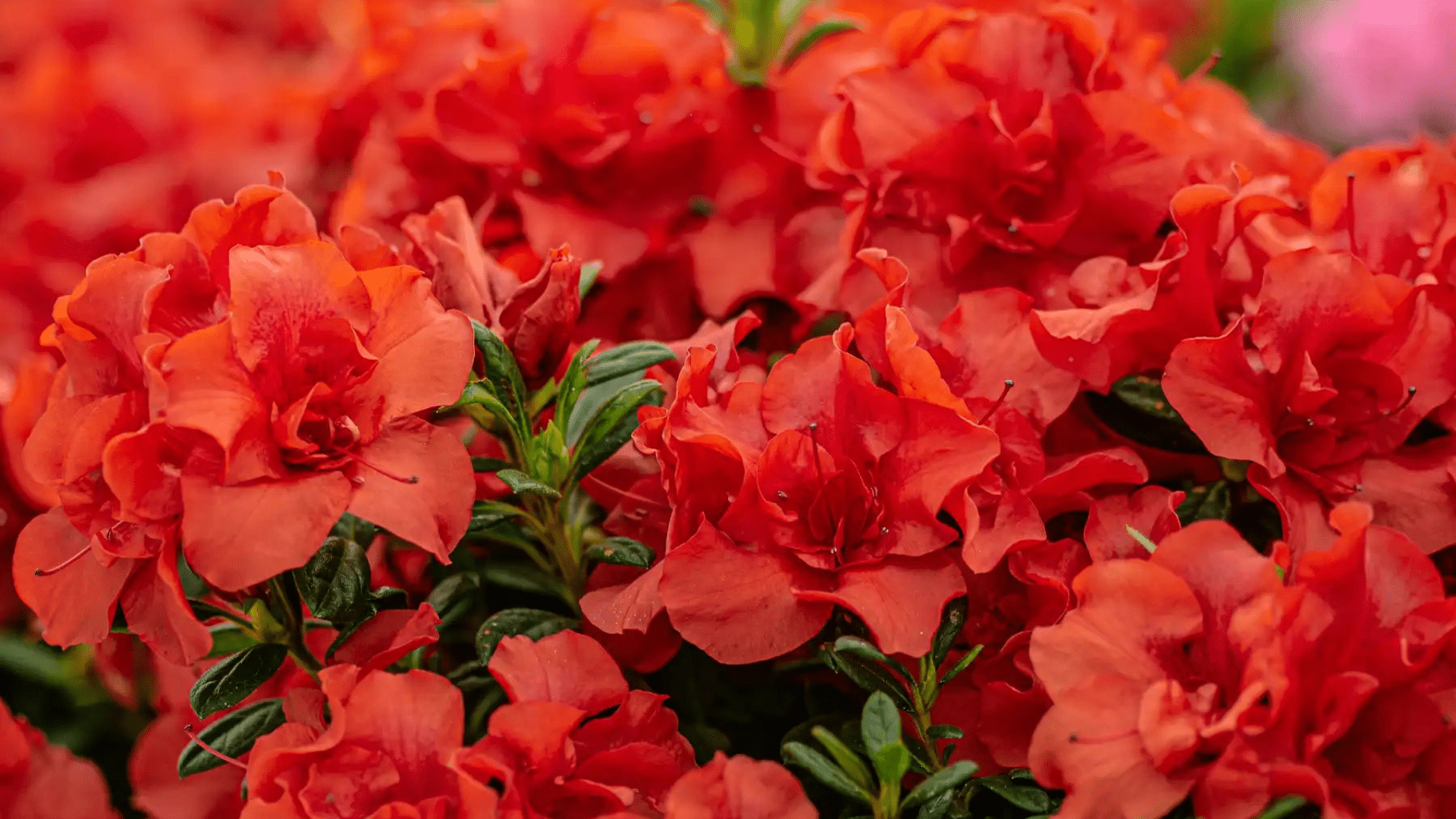
Encore Azalea ‘Autumn Embers’ (Rhododendron ‘Conleb’) is a compact, evergreen shrub reaching 2–3 feet tall and wide. It features orange-red blooms from spring to fall. Grow in acidic, moist, well-drained soil, with 4–6 hours of sun daily. Prefers partial shade to full sun and attracts butterflies.
2. Southern Indica Azalea ‘George L. Taber’
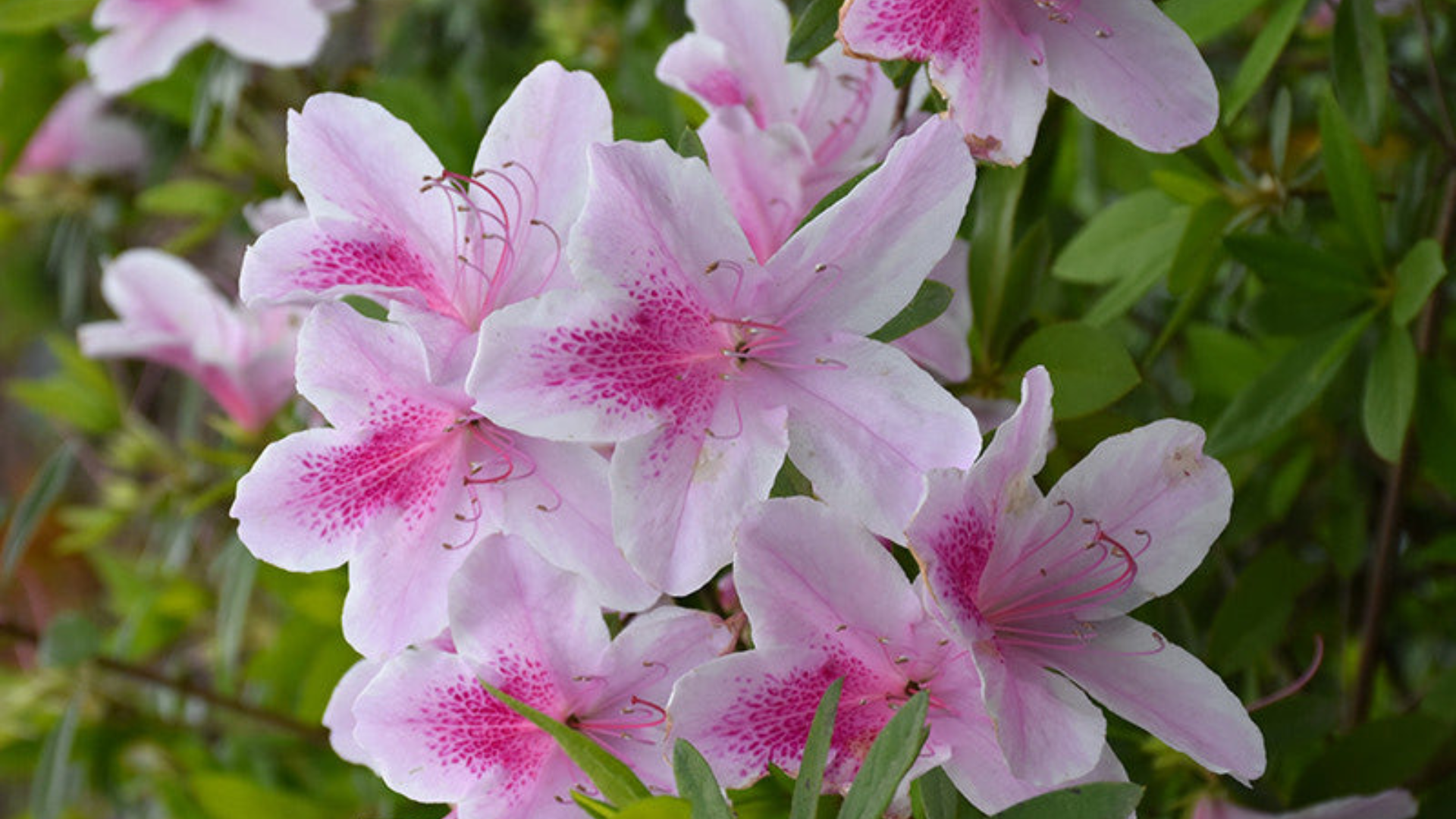
Southern Indica Azalea ‘George L. Taber’ (Rhododendron indicum ‘George L. Taber’) is a large evergreen azalea, typically 6–8 feet tall. It produces pale lavender-pink flowers with darker blotches in spring. Plant in acidic, moist, well-drained soil, in partial shade for best growth.
3. Kurume Azalea ‘Hino Crimson’
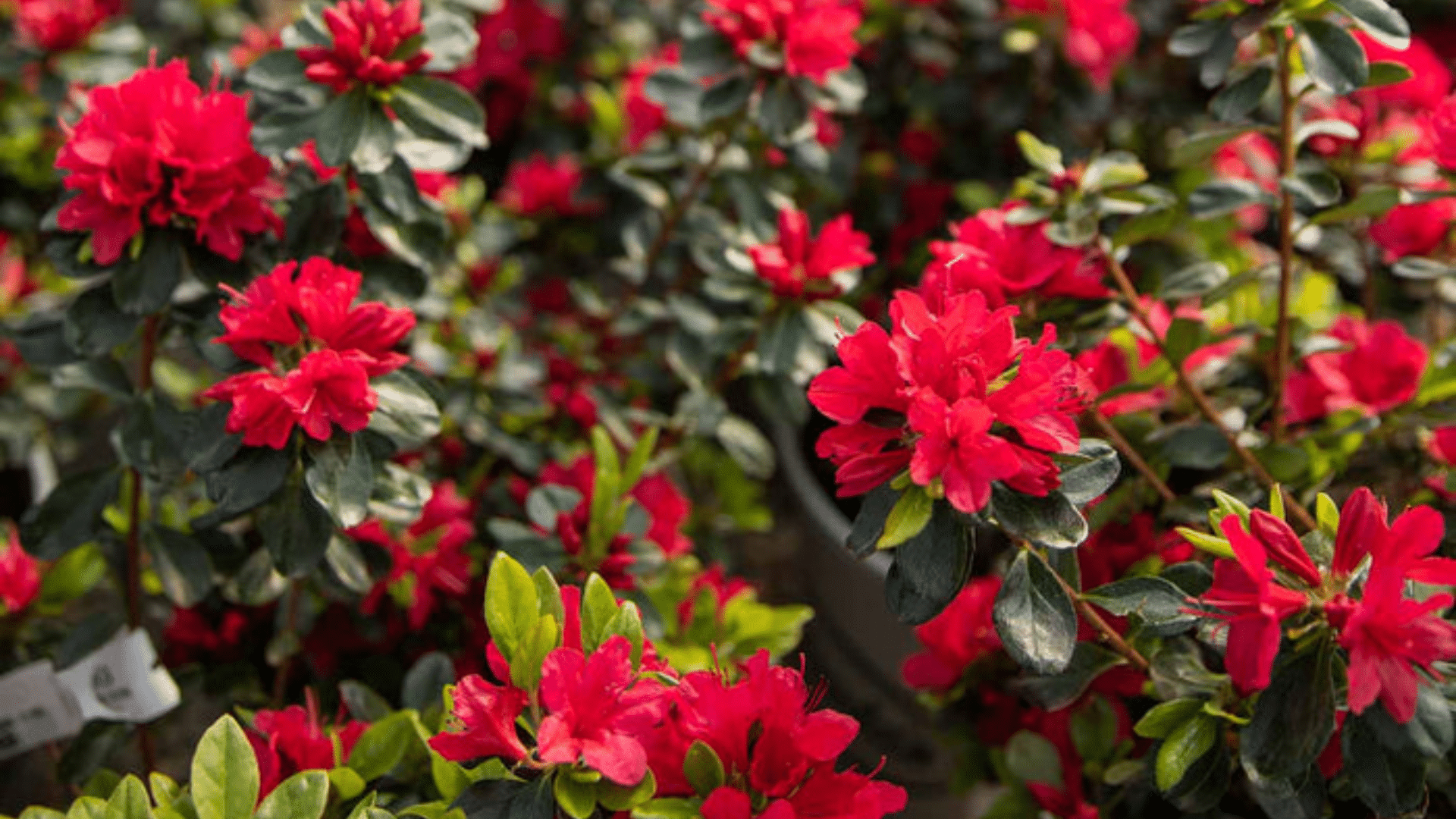
Kurume Azalea ‘Hino Crimson’ (Rhododendron ‘Hino Crimson’) is a dense, compact evergreen shrub, 2–4 feet tall. It displays vivid crimson-red flowers in spring. Prefers acidic, humus-rich, moist but well-drained soil, and thrives in partial shade to full sun, making it ideal for borders.
4. Rhododendron ‘Nova Zembla’
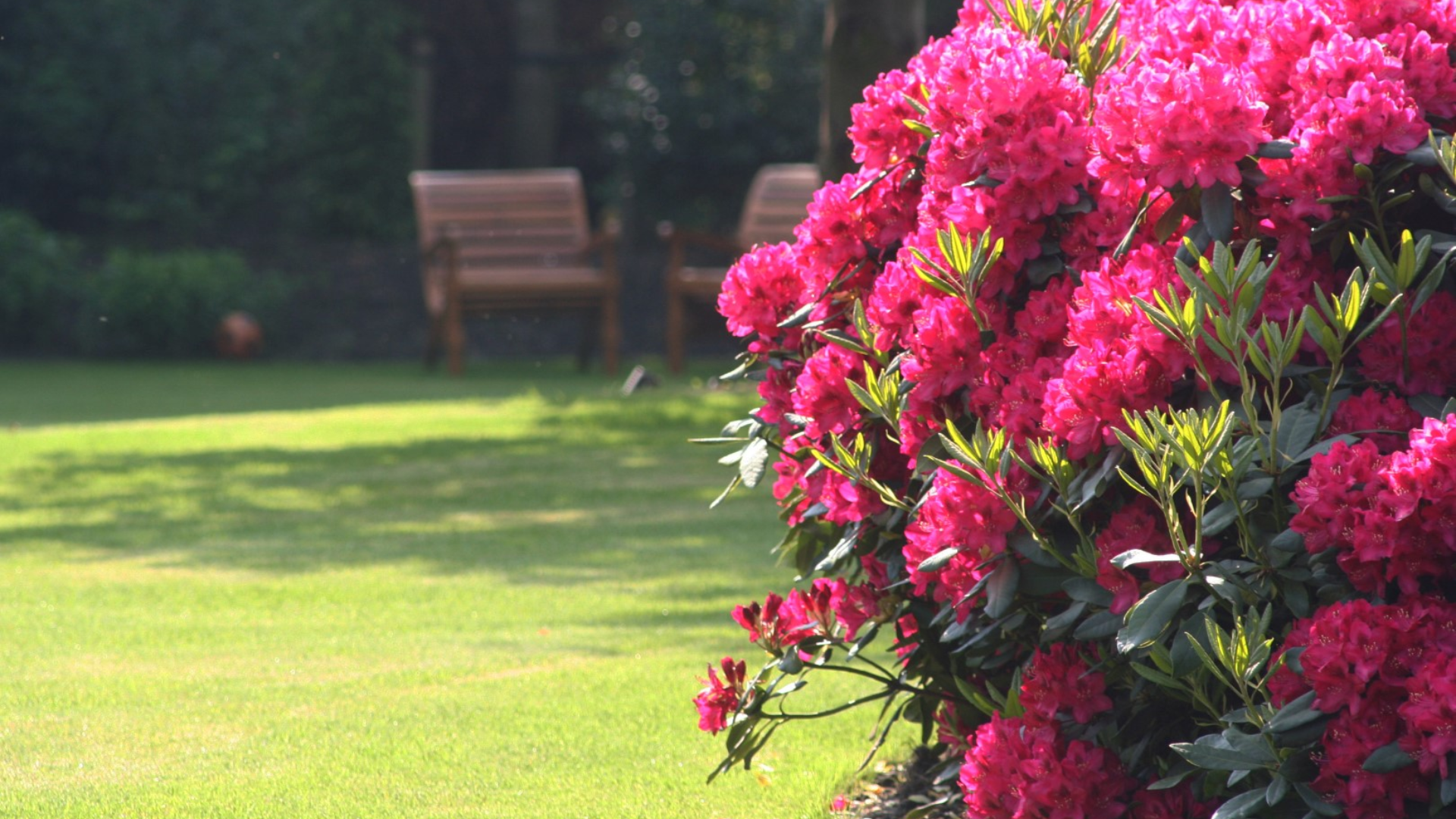
Rhododendron ‘Nova Zembla’ is a hardy evergreen shrub, growing 5–8 feet tall. It boasts large, bright red flower clusters in late spring. Requires acidic, organic, moist, well-drained soil and partial shade. Tolerates colder climates and is valued for its showy blooms and resilience.
5. Rhododendron ‘PJM Elite’
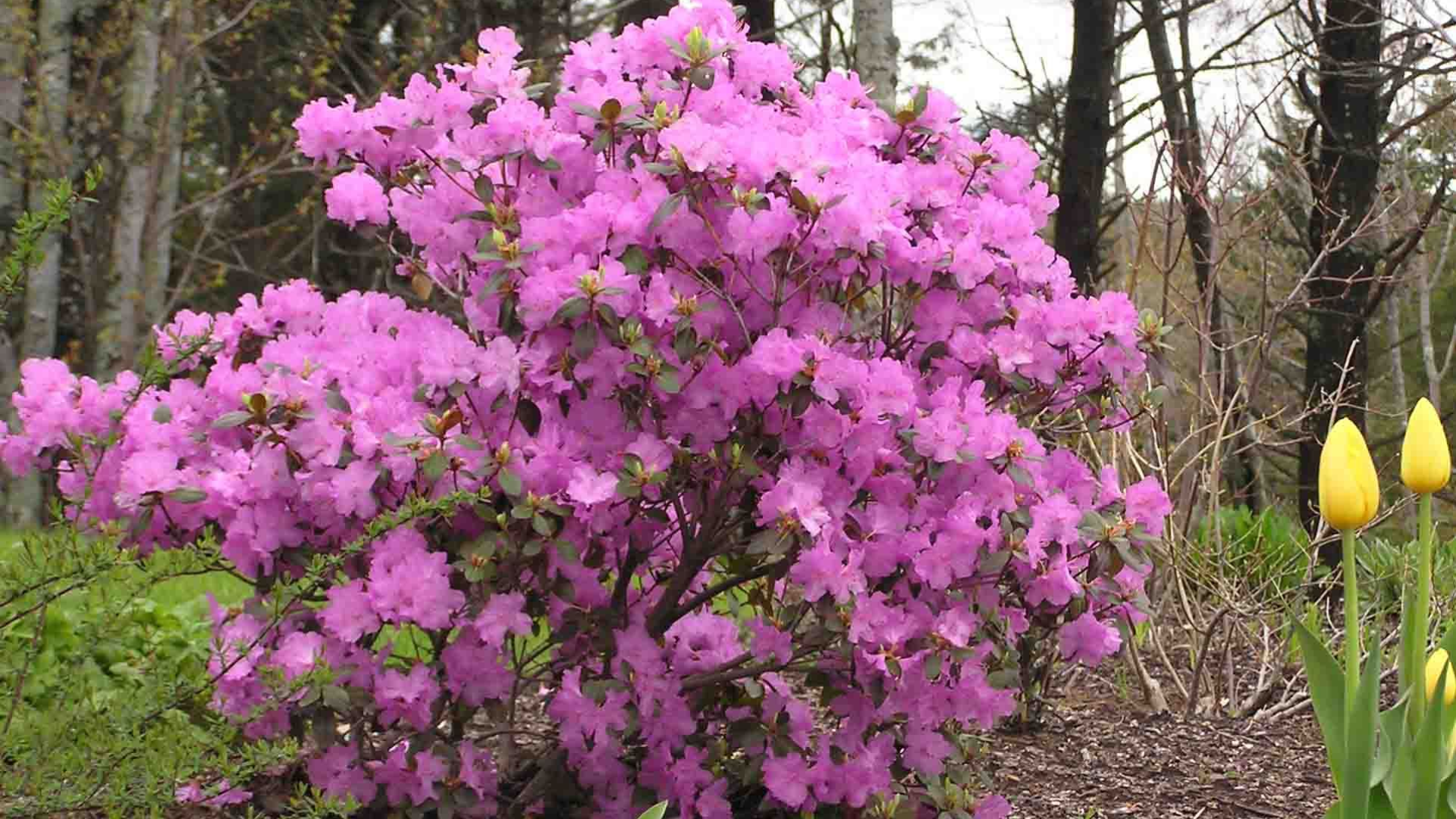
Rhododendron ‘PJM Elite’ is a compact, evergreen shrub, 3–6 feet tall. It produces abundant lavender-pink flowers in early spring. Prefers acidic, moist, well-drained soil and partial shade.
Known for cold hardiness and attractive mahogany winter foliage, it suits foundation plantings and borders.
6. Rhododendron ‘Cunningham’s White’
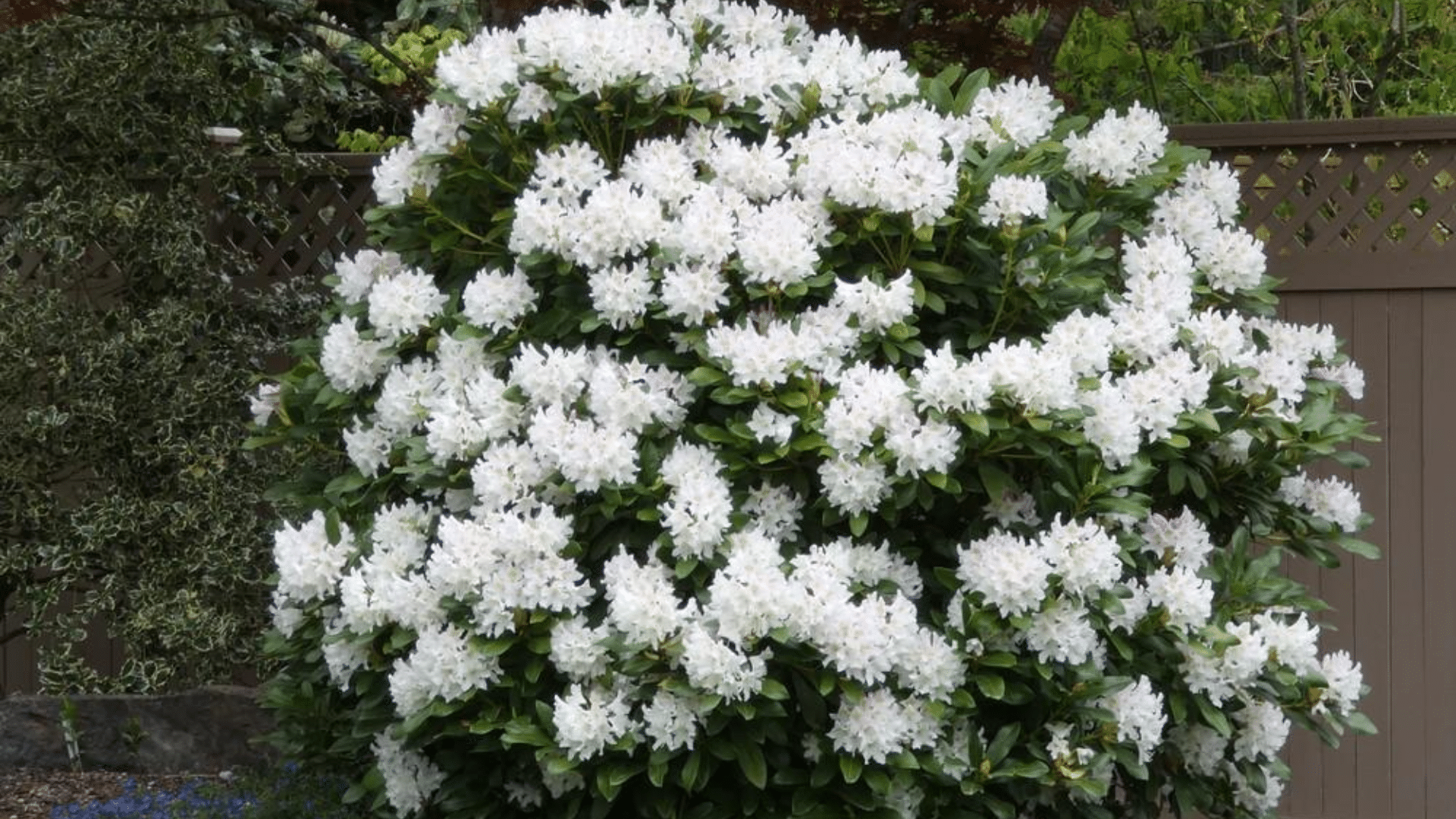
Rhododendron ‘Cunningham’s White’ is an evergreen shrub, reaching 4–6 feet tall. It features pure white, slightly fragrant flowers in late spring.
Grows best in acidic, humus-rich, moist, well-drained soil, in partial shade. It is hardy, tolerant of urban conditions, and suitable for mass plantings.
Wrapping It Up
Now you have all the tools to spot the difference between azalea and rhododendron. I hope this blog helped clear up years of garden confusion for you.
Remember the simple tricks: count the stamens, check if leaves drop in fall, and look at the leaf texture. These three methods work every time I’m out plant shopping or visiting gardens.
Start practicing these identification tips in your local nursery or neighborhood walks. You’ll be amazed how quickly you become the go-to person for plant identification among your friends.


